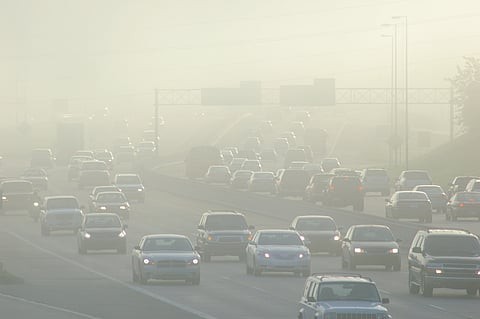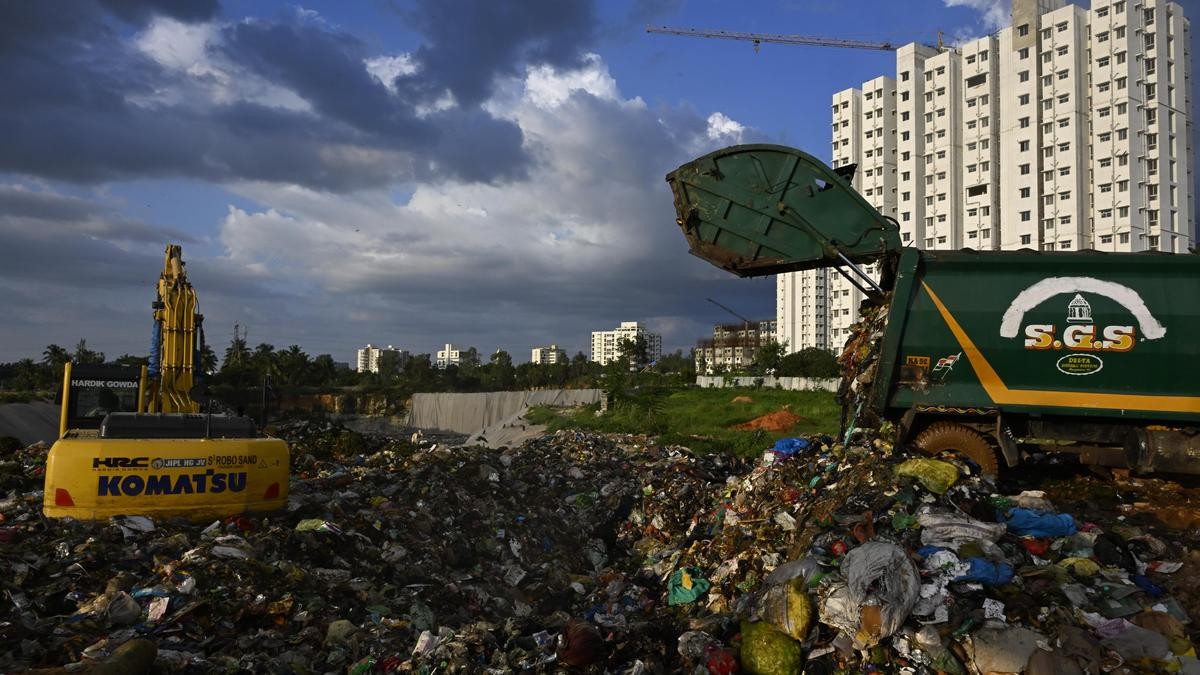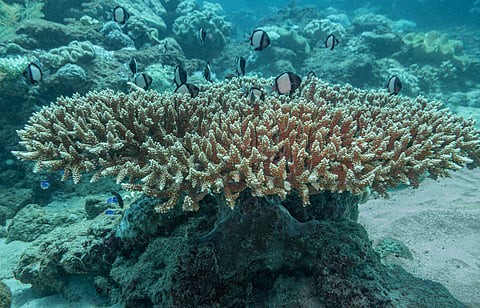




Source: INDIANEXPRESS
Disclaimer: Copyright infringement not intended.
The 2024 European State of the Climate Report published by the Copernicus Climate Change Service(European Commission) and the World Meteorological Organisation reveals that Europe is warming about twice as fast as the global average.
Global average temperature rise is ~1.3°C above pre-industrial levels (1850–1900 baseline).
Europe's average temperature rise is ~2.4°C above pre-industrial levels.
2024 was the warmest year ever recorded globally and for Europe.
Eastern Europe experienced sunnier and warmer conditions while Western Europe was cloudier and wetter.
Southeastern Europe faced its longest heatwave on record.
Arctic Effect and Albedo Changes
A significant part of Europe lies close to or within the Arctic region.
Arctic is warming 3–4 times faster than the global average. Melting ice reduces the Earth's albedo (reflectivity).
Ice reflects sunlight → Cooling.
Melting exposes darker land/water → Absorbs more heat → Warming increases.
Reduction in Aerosols (Cleaner Air)
Aerosols (tiny particles like dust, soot) scatter sunlight and promote cloud formation reducing surface warming.
Europe’s cleaner air due to reduced air pollution, means fewer aerosols → Less sunlight scattered → More solar radiation absorbed → More warming.
Irony: Cleaner air leads to higher warming.
Changes in Atmospheric Circulation
Changes in wind patterns are leading to more frequent summer heatwaves in Europe.
This atmospheric shift channels hotter, drier air into the continent.
Urban Heat Island Effect
Urbanization increases local temperatures because concrete, asphalt, and buildings retain more heat compared to natural landscapes.
Rising Sea Surface Temperatures
Warmer oceans surrounding Europe (like the North Atlantic) contribute to enhanced warming over land.
Melting of Glaciers
European glaciers particularly in the Alps are melting rapidly.
Similar to Arctic ice loss this further reduces albedo and accelerates warming.
More frequent and intense heatwaves (e.g., record heatwave in Southeast Europe in 2024).
Increased heavy rainfall and flooding events.
Lowest number of 'cold stress days' recorded in 2024.
Record low number of days with below-freezing temperatures.
Severe strain on agriculture, water resources and human health.
Enhanced risks of wildfires especially in southern and eastern Europe.
Sources:
|
PRACTICE QUESTION Q. Europe is warming at nearly twice the global average rate. Critically examine the reasons behind this phenomenon and discuss its potential implications. (250 words) |







© 2025 iasgyan. All right reserved